Patagonia is an American outdoor clothing retailer well-known for promoting activism concerning environmental issues. The company established “Patagonia Action Works,” which assists individuals to connect with environmental groups enabling them to participate in efforts that directly promote action against environmental issues. Patagonia commits 1% of its total sales to environmental groups, estimated at $209.1m in FY22.
The outdoor clothing retailer recently joined forces with opponents of a proposed gondola connecting Salt Lake Valley with Alta and Snowbird ski resorts. The gondola was one of many proposed solutions to the immense traffic problems on Utah’s State Route 210 due to the high number of skiers visiting the legendary resorts every winter.
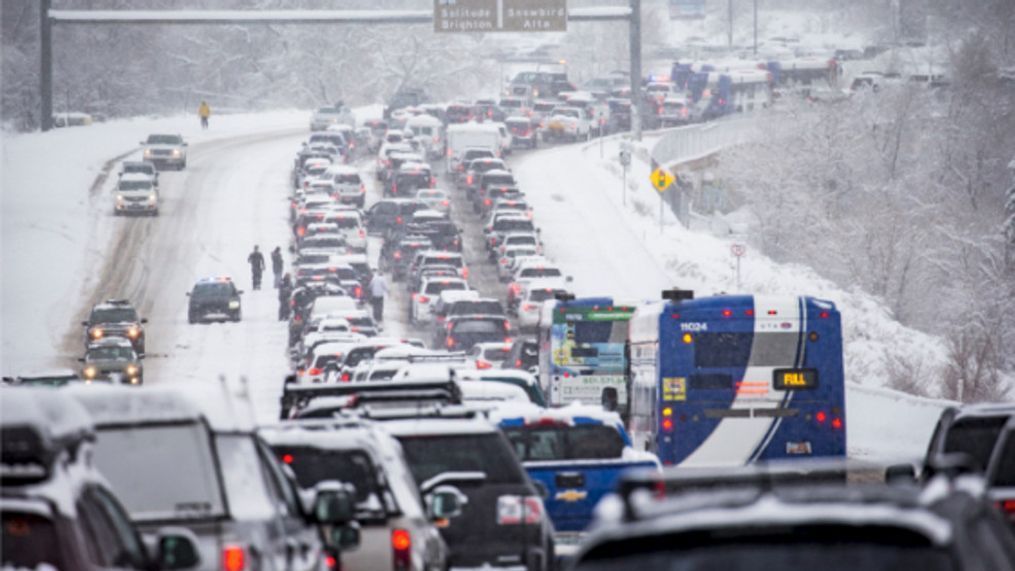
By 2021, two solutions remained: an enhanced bus system and an eight-mile-long gondola, which, if completed, would be one of the longest in the world. In August of 2022, the Utah Department of Transportation (UDOT) chose the gondola option to mitigate the traffic problems, and that is where the debate is today.
Since UDOT chose the gondola option, there has been increased scrutiny and debate rallying environmental organizations and companies like Patagonia, which oppose the construction of the gondola. Both sides of the argument have presented facts supporting their case on why the gondola is either positive or negative for the community and the environment.
The taxpayers of Utah will pay the overall price tag ($500m) and the estimated $7m per year to run and operate the gondola. This has brought much criticism from those who do not support the gondola project stating that there are other more cost-effective and environmentally friendly options. Critics also argue the price of $500m could be utilized in different areas that could help Utah’s residents, like providing meals for the homeless, raising the cost of teachers’ salaries, providing scholarships to students, and assisting local farmers during times of drought.
One criticism of the gondola is that it only provides access to two resorts (Alta and Snowbird) and leaves out other parts of the canyon with points of interest that guests could visit. Solitude Mountain Resort and Brighton Resort are not much farther away in Big Cottonwood Canyon. All four ski resorts face the same problem of only having one access road and the same road for guests to travel out of.
Patagonia has publicly disapproved of the plans for the gondola project and has rallied its grass-root organizations to oppose the construction of the gondola. Patagonia’s website has an “Activism” tab on its home page, which provides information on how individuals can get involved and confront environmental issues.
On Patagonia’s website, they have posted the following:
SAVE LITTLE COTTONWOOD CANYON
This past summer, the Utah Department of Transportation (UDOT) announced its preferred solution to reducing traffic congestion in Utah’s Little Cottonwood Canyon: the world’s longest, most expensive gondola.
Spanning eight miles and costing Utah taxpayers an estimated $1.4 billion, it would only stop at two private ski areas (leaving others to still deal with traffic congestion) and jeopardize climbing areas, trails, and a watershed that supplies nearly 60% of Salt Lake Valley’s drinking water.
Bottom line: Instead of solving traffic congestion, the gondola could potentially make it worse for all but the select resort users who can afford a ticket while forever marring a pristine and prized landscape.
You can help the fight. We have until April 18th to tell UDOT a gondola has no place in our canyon and should not be exempt from the Roadless Rule. Send this message to UDOT, or use it as inspiration to craft your own.
Patagonia has also prepared a pre-written email on their website for opposers of the gondola who can send an email to UDOT. The only information required by a person is to fill out their: name, zip code, phone number, and email address.
The pre-written email to UDOT on Patagonia’s website reads:
“I oppose the Little Cottonwood Canyon Gondola project and urge you to consider lower cost and more effective alternatives to reducing traffic congestion in the canyon. The gondola will not improve traffic congestion. Instead, it will permanently alter Twin Peaks, Lone Peak, and White Pine Roadless Areas, threaten our critical watershed, destroy popular rock climbing areas, and disrupt running, backcountry skiing, and hiking in the area.
I cannot support a proposal that would reduce acres of land that are classified as “Roadless,” let alone support taxation for a project that would fail to improve canyon access for non-resort users while benefiting a slim few. Claiming that the gondola is exempt from the “Roadless Rule” because it’s not technically a road is a willful misinterpretation of the spirit of the rule.
I support lower-cost solutions that utilize our existing infrastructure, such as carpool incentives (ex. occupancy-based tolling), year-round enhanced bus service with stops at multiple locations and more frequent service at peak times, enforcement of the traction law, and mandatory parking reservations at ski resorts.”
Utah’s Department of Transportation (UDOT), Mitchell Shaw, said that reducing the number of vehicles by the primary users (skiers and recreational visitors) should reduce traffic congestion and improve mobility on S.R. 210. UDOT has been criticized by those who oppose the construction of the gondola, and UDOT’s Mitchell Shaw states, “UDOT is not responsible for increasing use at the trailheads or dispersed recreation sites, but for improving mobility on S.R. 210.” UDOT added that it doesn’t see its role as facilitating canyon transportation outside of cars, which can be driven to and parked at trailhead areas.
On the other side of the debate are the proponents of the gondola project, who also argue why it would benefit the region. Utah’s Department of Transportation has stated that the gondola would be exempt from the “Roadless Rule” because it is not a road, and any timber removal would be incidental. UDOT also states the USDA Forest Administration as the agency that is responsible for handling policies and regulations regarding trailheads and recreational sites. UDOT added, “If the USDA Forest Service identifies a need to increase transit service at the trailheads, it can work with UTA to implement it.”
UDOT began with initially having 124 possible solutions to the traffic issues, hearing all the proposals, and going through the necessary steps to formulate the best course of action. Supporters believe the proposed gondola is the best solution to the traffic nightmares plaguing State Route 210 every winter with skiers heading up to the mountains. Alta and Snowbird Ski Resorts offer free bus shuttle service to their guests from their resorts to help mitigate traffic congestion.
Proponents of the gondola project believe that the answer to the traffic problem is mass transit and the time to mitigate it now. They point to the past when 30 years ago, a similar mass transit solution was presented and voted against. It was a light-rail system that would help stem the traffic congestion in the same manner as the gondola project is designed to do as well. The area’s population has grown dramatically over the past 30 years, and proponents of the gondola project urge voters and lawmakers to plan for the area’s future now.
The Utah Department of Transportation (UDOT) extended the public’s comment period, ending on Tuesday, April 18th. The Wasatch Front Regional Council, which comprises county, city, and transportation planners throughout the state, has the final vote after that, which will be in May.
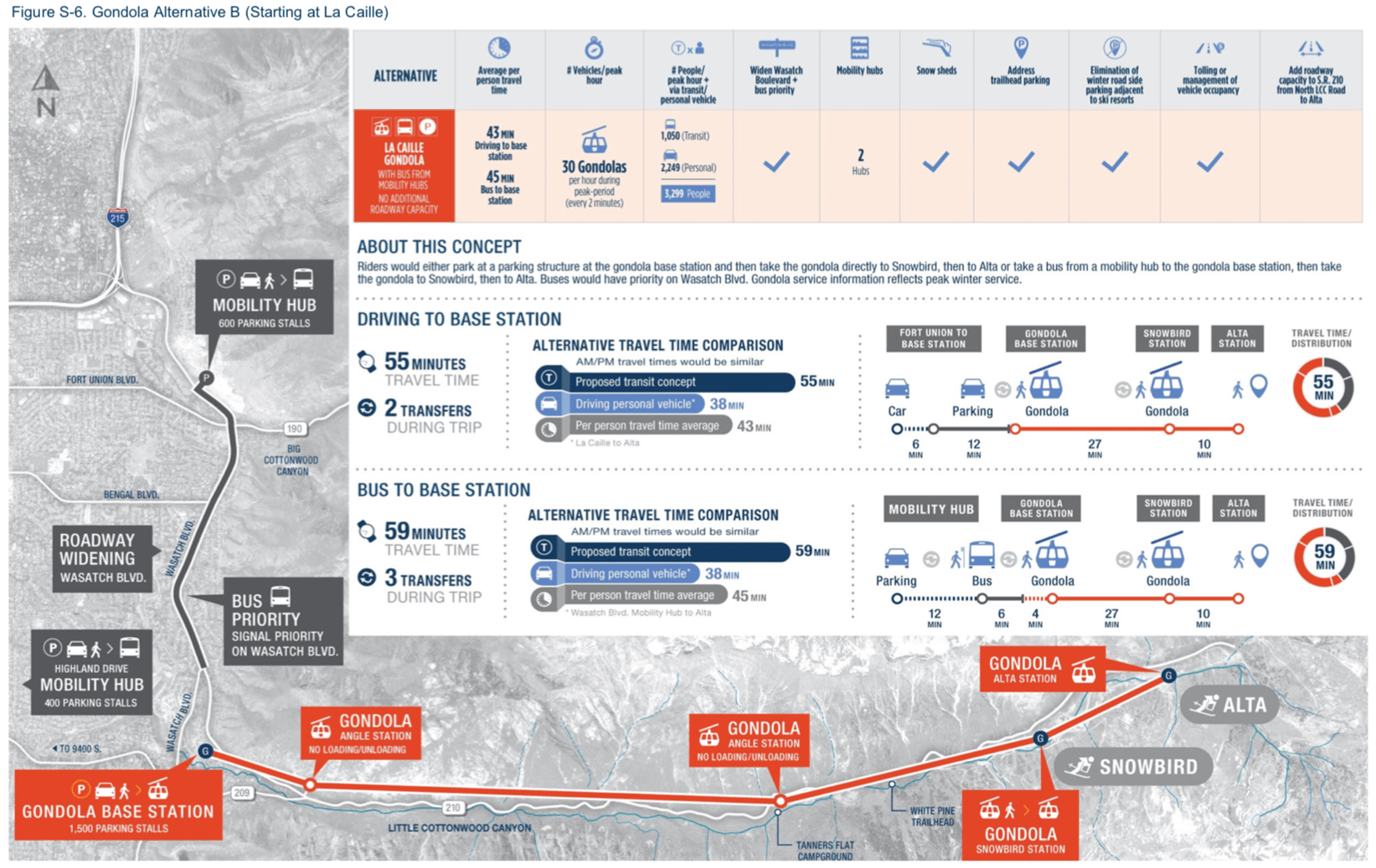
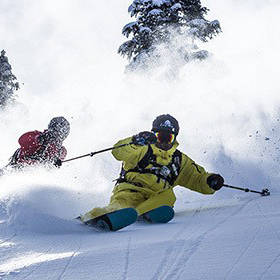
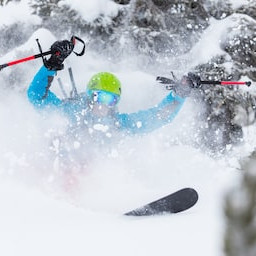
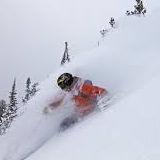
One thought on “Patagonia Gets Involved in the Little Cottonwood Canyon, UT, Gondola Debate”